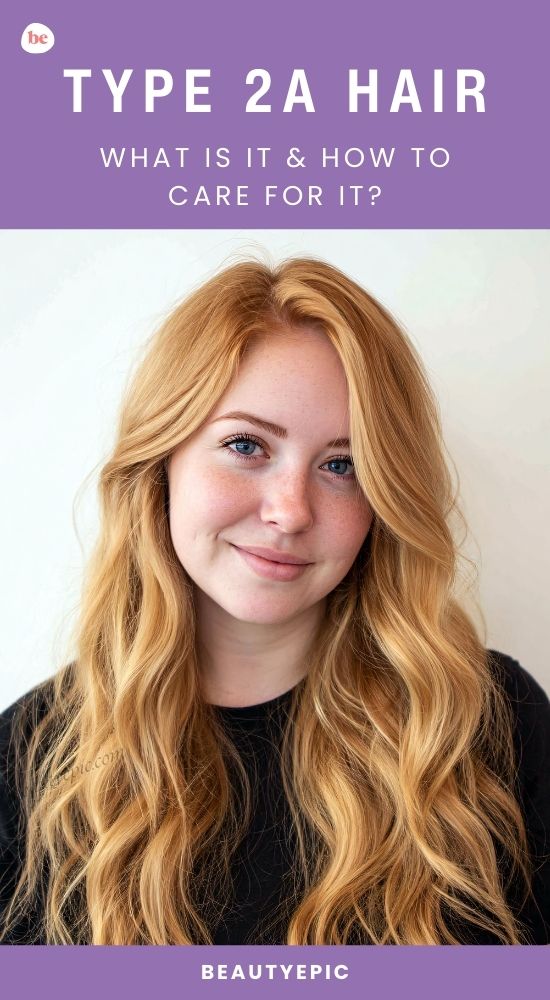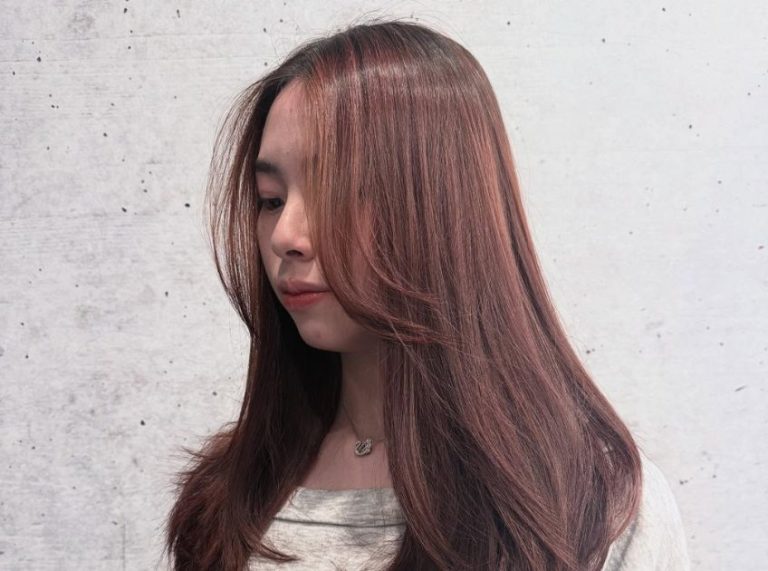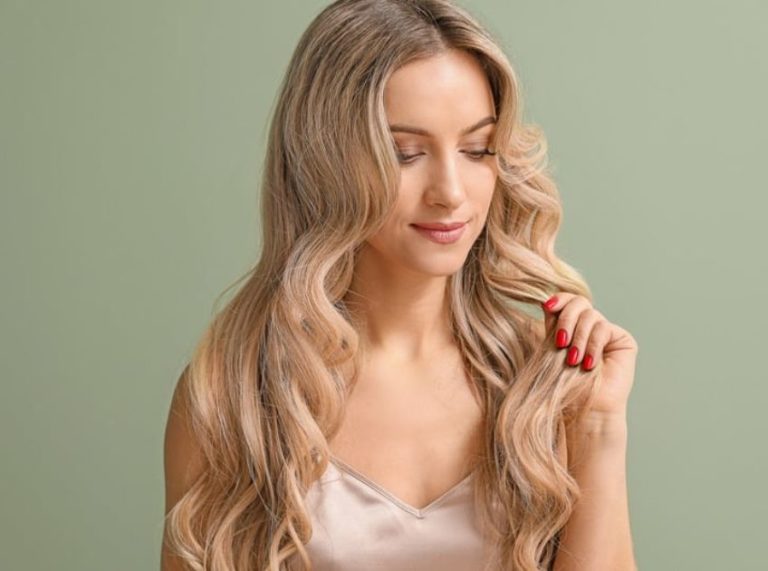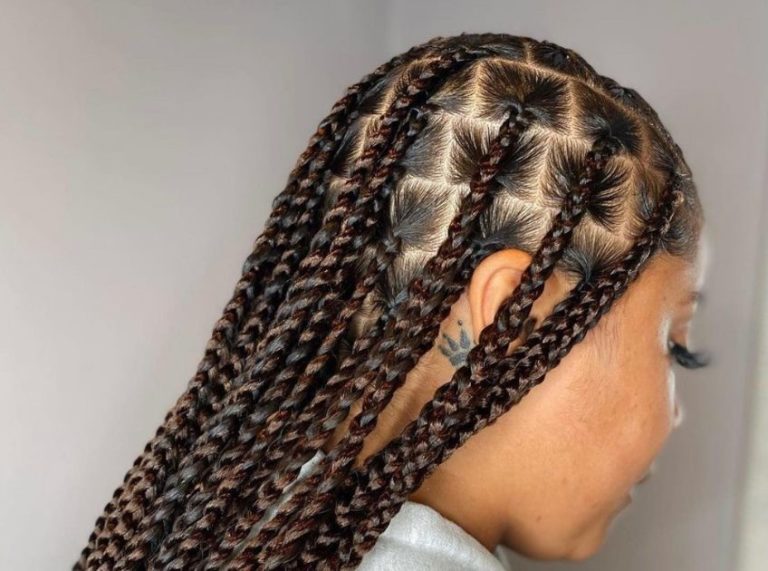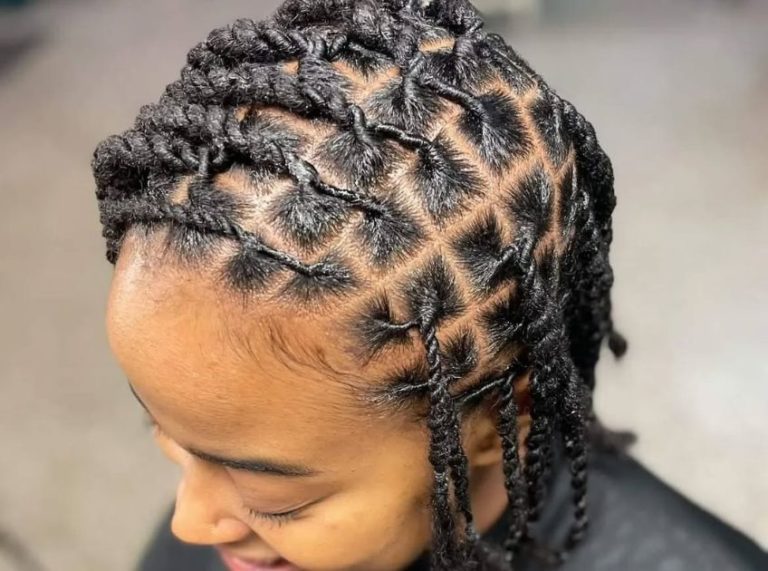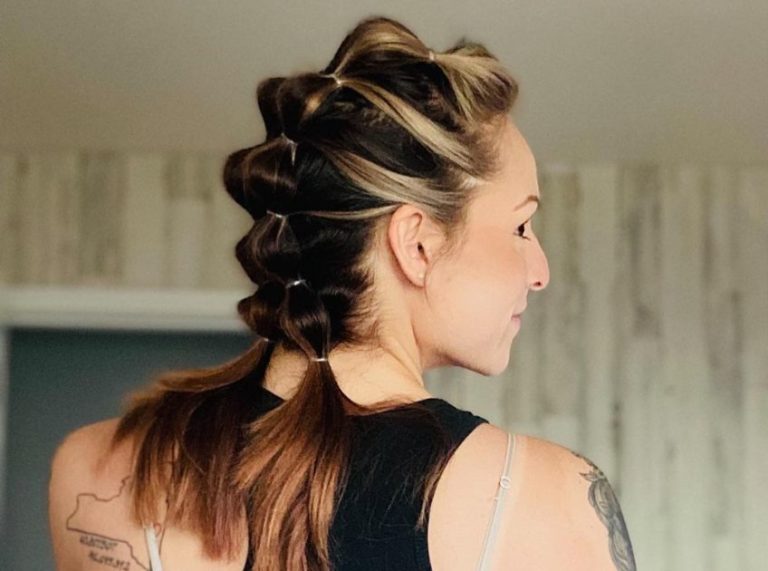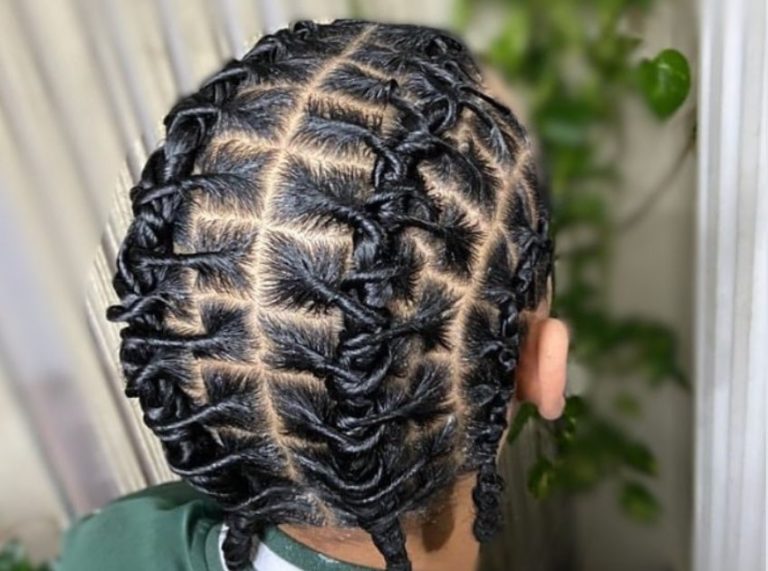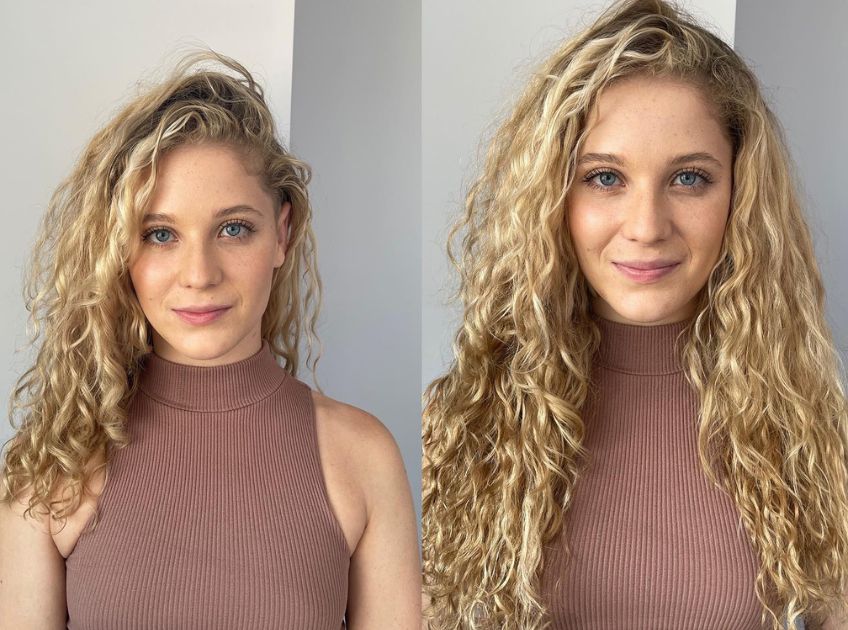
Important: This article is for informational purposes only. Please read our full disclaimer for more details.
Type 2A hair often flies under the radar — not completely straight, yet not fully curly. This hair type has a natural, loose “beach wave” quality that can look effortlessly chic when cared for properly. However, without the right approach, 2A hair can fall flat, become frizzy, or lose definition. In this guide, we’ll break down everything you need to know about identifying, maintaining, and styling your 2A waves for maximum shine and volume.
What Exactly Is 2A Hair?
The hair typing system, made popular by stylist Andre Walker, categorizes hair into four main types: straight (Type 1), wavy (Type 2), curly (Type 3), and coily (Type 4). Within Type 2, there are subcategories — 2A, 2B, and 2C — based on wave shape and thickness.
Type 2A hair is the loosest form of wavy hair, with subtle, elongated “S” shapes that often begin around the mid-lengths. It’s usually fine to medium in texture, which makes it versatile but also prone to oiliness at the roots and a lack of volume at the crown.
How to Recognize 2A Hair at a Glance
Here’s how you can tell if you have 2A hair:
- Wave Pattern: Soft, relaxed “S” shape — not tight curls.
- Texture: Fine to medium strands that feel smooth.
- Volume: Can look straight when brushed, but gains shape with scrunching or texturizing products.
- Frizz Level: Low to moderate, mostly in humid climates.
- Root Behavior: Roots tend to be straighter and flatter than the mid-lengths.
💡 Tip: If your hair appears straight when wet but forms gentle waves as it dries, you’re likely in the 2A category.
The Golden Rules of Caring for 2A Hair
While 2A hair is naturally soft and easy to style, it also has its own set of challenges — mainly flatness at the roots, occasional frizz, and a tendency to lose wave definition. Following these golden rules will help you keep your waves healthy, bouncy, and beautiful.
1. Gentle Cleansing to Maintain Volume and Health
2A hair tends to be fine or medium in texture, which means it can get weighed down easily. Over-cleansing can strip away natural oils, making your hair flat and lifeless, while under-cleansing can cause grease to build up at the roots.
How to do it right
- Use a sulfate-free shampoo 2–3 times a week. Sulfates can be too harsh and leave your strands looking limp.
- On non-wash days, refresh with a lightweight dry shampoo to soak up oil without dulling the shine.
- Focus shampoo mainly on the scalp rather than the ends, letting the suds gently cleanse the lengths as you rinse.
💡 Pro Tip: A clarifying shampoo once every 3–4 weeks helps remove product build-up so your waves stay light and springy.
2. Lightweight Conditioning to Avoid Flatness
Conditioning is essential for keeping your waves smooth and frizz-free, but heavy conditioners can weigh down 2A hair, robbing it of bounce.
How to do it right
- Apply conditioner only from mid-lengths to ends — avoid the roots entirely.
- Choose formulas labeled “lightweight,” “volumizing,” or “for fine hair.”
- Rinse with cool water to seal the cuticle and boost shine.
💡 Science Insight: Research shows that sealing the cuticle layer with cooler water improves light reflection, which makes 2A hair look shinier and healthier (1).
3. Air-Dry or Diffuse for Natural Definition
Heat styling can damage fine hair more quickly than coarse hair. 2A waves look their best when allowed to form naturally as they dry.
How to do it right
- Air-dry whenever possible to preserve your wave pattern.
- If using a blow dryer, attach a diffuser and keep it on low heat/low airflow to prevent frizz.
- Scrunch your hair gently with a microfiber towel or T-shirt before drying to encourage wave formation.
💡 Pro Tip: Flip your head upside down when diffusing to add natural lift at the roots.
4. Minimal Heat Styling to Protect Your Wave Pattern
Over time, repeated heat styling can relax your natural wave pattern and cause breakage.
How to do it right
- Keep hot tools at 300–325°F (150–160°C) — high enough to style but low enough to avoid damage.
- Always use a heat protectant spray before curling, straightening, or blow-drying.
- Rotate between heat-free styles (braid waves, bun waves) and heated styles to give your hair recovery time.
5. Regular Trims for Healthy Ends
Even the healthiest hair develops split ends over time, and for 2A hair, split ends can travel up the strand, making waves look thin.
How to do it right
- Trim every 8–10 weeks to keep ends fresh and prevent breakage.
- Opt for light layering to enhance your natural wave without removing too much length.
6. Product Balance — Hydrate Without Heaviness
The right products can make 2A hair look effortlessly styled, while the wrong ones can leave it greasy or flat.
How to do it right
- Use lightweight mousses, gels, or foams instead of heavy creams and oils.
- Avoid silicone-heavy formulas that can weigh hair down (unless you clarify regularly).
- For extra definition, scrunch in product when hair is damp, then let it air-dry.
Styling Secrets for Effortless 2A Waves
- Scrunch with a Lightweight Mousse to define waves without crunchiness.
- Use Sea Salt Spray for beachy texture and volume.
- Clip at the Roots while drying to boost lift.
- Avoid Heavy Oils & Butters that can weigh down fine strands.
Top 5 Amazon-Available Products for 2A Hair
- 1. Maui Moisture Lightweight Hydration + Hibiscus Water Shampoo (Buy Here)
Benefits: Hydrates without heaviness, enhances natural wave definition, and smells tropical. - 2. SheaMoisture Coconut & Hibiscus Curl & Shine Conditioner (Buy Here)
Benefits: Lightweight moisture, frizz control, and gentle detangling. - 3. Not Your Mother’s Beach Babe Texturizing Sea Salt Spray (Buy Here)
Benefits: Adds texture, boosts volume, and creates tousled, beachy waves. - 4. OGX Locking + Coconut Curls Mousse (Buy Here)
Benefits: Defines waves without stiffness, provides humidity resistance. - 5. Moroccanoil Protect & Prevent Spray (Buy Here)
Benefits: Shields against heat, UV damage, and pollution while keeping hair lightweight.
Common 2A Hair Challenges — and How to Solve Them
- Flat Roots → Use root-lifting sprays or velcro rollers at the crown.
- Greasy Scalp, Dry Ends → Wash every 2–3 days and apply conditioner only from mid-lengths down.
- Frizz in Humid Weather → Anti-humidity sprays and lightweight serums help seal the cuticle.
The Science Behind Wave Definition
Hair structure is influenced by the shape of the follicle (2). Studies on hair morphology (3) show that slightly oval follicles produce loose waves like those in 2A hair. This shape affects how light reflects off the strands, making well-moisturized 2A hair naturally shiny. Using lightweight styling products helps maintain this natural gloss without weighing hair down.
Frequently Asked Questions (FAQ’S)
Q1. Can 2A hair turn curlier over time?
A. Yes — hormonal changes, humidity, and different hair care routines can enhance wave formation.
Q2. How often should I trim 2A hair?
A. Every 8–10 weeks, to prevent split ends and maintain shape.
Q3. Is the Curly Girl Method good for 2A hair?
A. It can be, but modified — avoid heavy creams and oils, focus on light gels and mousses.
Love Your Natural Waves
2A hair has an effortless charm that can be enhanced with the right products and techniques. By understanding its unique needs — lightweight hydration, minimal heat, and gentle styling — you can enjoy soft, defined waves that look naturally gorgeous every day.
